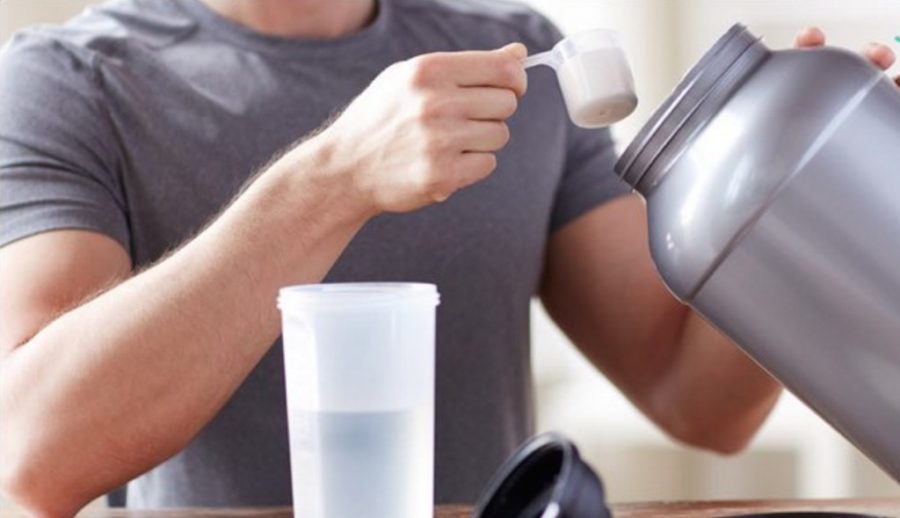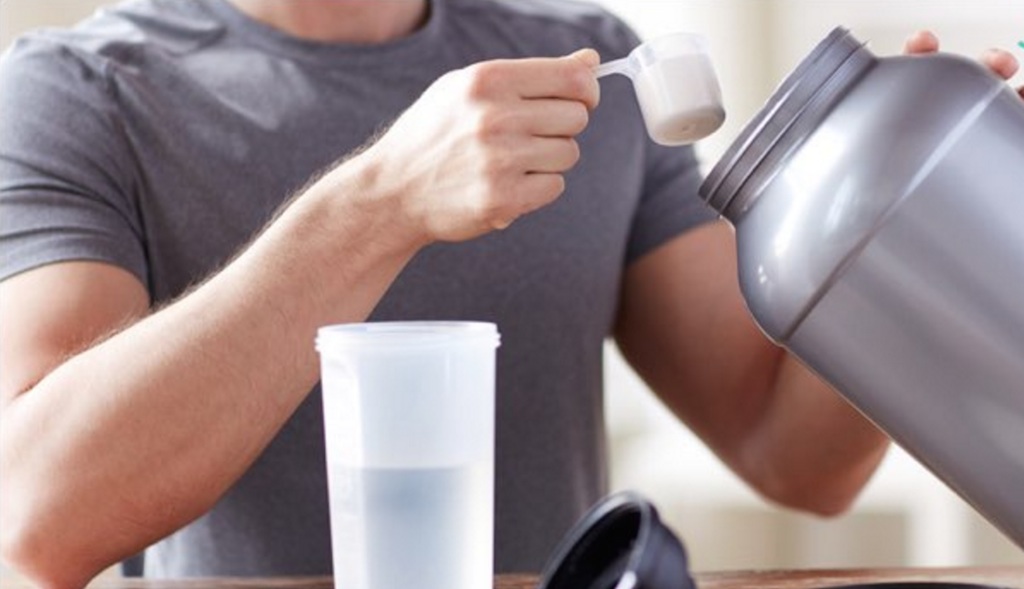
How Much Protein is Actually in Those Shakes, Ask SA Researchers
Protein supplements have become a widely popular way for avid gym-goers to pump extra protein into their bodies and bump up their muscles. Protein is essential for the overall health of the body, building and repairing its tissues and balancing the levels of energy, hormones and many other chemicals. It’s also central in building muscles […]

Protein supplements have become a widely popular way for avid gym-goers to pump extra protein into their bodies and bump up their muscles.

Protein is essential for the overall health of the body, building and repairing its tissues and balancing the levels of energy, hormones and many other chemicals. It’s also central in building muscles – often the attraction for its use in body building and fitness products.
Ideally men should get about 56g of protein a day for their normal body processes to continue. Women, it is recommended, should have about 46g of protein.
An egg contains about 6g of protein, while a portion of soybeans (half a cup) could contain 15g of protein and one lean lamb loin chop could contain 14g of protein.
There has been much debate around people pumping protein supplements into their bodies. Some research suggests that people who are undergoing muscle-building training need higher quantities of protein to support maximum muscle growth. But there is no scientific agreement that these people really need to consume more protein than the recommended dietary allowance.
Yet weight trainers and sportspeople often supplement their diets with protein shakes or bars. This could be due to their convenience – they cost less than meat products with the same protein content, and they allow for optimal protein intake without excessive consumption of carbohydrates or fats.
But our study has found that, when it comes to protein shakes, what is in the tub is not always what meets the eye. Close to 10 percent of protein shakes evaluated on the market had less than 60 percent of the amount of protein consumers were paying for.
The making of a protein supplement
Protein supplements come in the form of shakes, bars and other meal replacement products. Protein powders are the most popular. These powders are usually mixed with water or milk to form a shake that should be consumed immediately before or after exercise, or in the place of a regular meal.
The protein components in these powders are often derived from dairy (whey or casein) or soy. The powders often contain other ingredients, such as flavouring and non-nutritive sweeteners for improved taste.
Our study looked at the label compliance of protein supplements in South Africa. We analysed 70 products purchased at popular South African retailers and online stores.
We selected two samples from different batches of each product and sent these for nutritional analyses. This would determine the actual nutrients present in the product through accredited methods. And these nutrient values were then compared with the values reported on the product labels.
Regulations around the labelling and advertising of foodstuffs allow for a 25% difference between the actual content of the product and that printed on the label.
In our study we found a difference of up to 80% in the labelled protein content and the value determined during analysis. From the 70 products included in the study, 65 products – or 93 percent – fell within the regulations.
In 21 products the actual protein in the product was more than 10% less than that stated on the label, but five products over-reported protein content by more than the acceptable limit of 25 percent.
These five products had between 42 percent and 80 percent less protein in the tub than what they declared on their product labels.
A change of plan
Our study comes amid discussion around the placement of sports supplements in the current South African legislative framework. The South African National Department of Health’s Directorate: Food Control and the Medicines Control Council are negotiating amendments to their regulations.
The general discussion is that products – such as protein shakes – which are pills, jellies and tablets will in future be labelled as foods and fall under the jurisdiction of the regulations relating to foods.
But food that makes a medicinal claim will fall under the Medicines Act as a complementary medicine.
Should protein shakes fall under the Medicines Act, the leeway manufacturers will have in terms of the difference between protein stated on a label and found in a product would be reduced from 25 percent to 10 percent.
In the US, fortified or fabricated foods with added nutrients are deemed misbranded under sections of the Federal Food, Drug, and Cosmetic Act if the protein content of the product is not at least equal to, or more than, the value declared on the product label. These violations are subject to civil penalties.
In South Africa a guilty party can be fined up to R20,000 for a first offence.
The next steps
After establishing the differences in the total protein content listed on the labels of products and the measured values, researchers are now looking at the integrity of the protein.
Many protein shakes claim the presence of certain essential protein fragments such as branched-chain amino acids or individual amino acids on their labels. Amino acids are the building blocks of protein. Certain amino acids, which are considered to be inferior to whole proteins, have been used by some manufacturers to artificially inflate and falsify higher total protein values in their products, commonly referred to as protein spiking. Many protein supplements explicitly state on their labels that they do not spike.
The next step is to determine the amino acid profile of these protein shakes and to compare this with the claims made on the product labels.
Hettie Carina Schönfeldt, Beulah Pretorius and Nicolette Hall are with the University of Pretoria. This article was originally published on The Conversation. Read the original article.